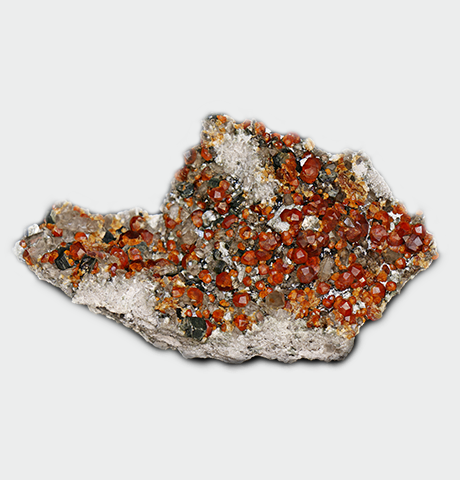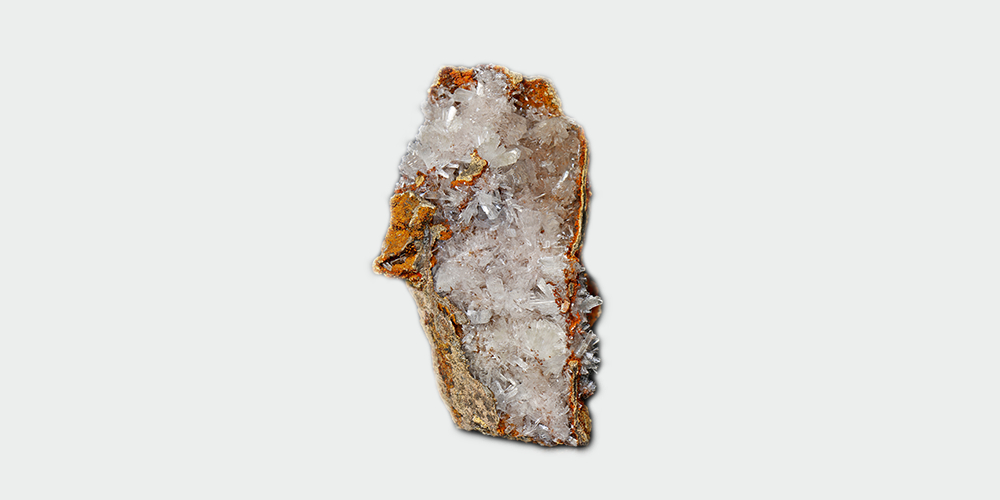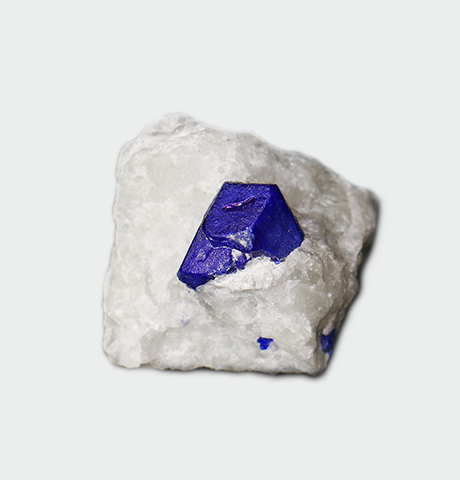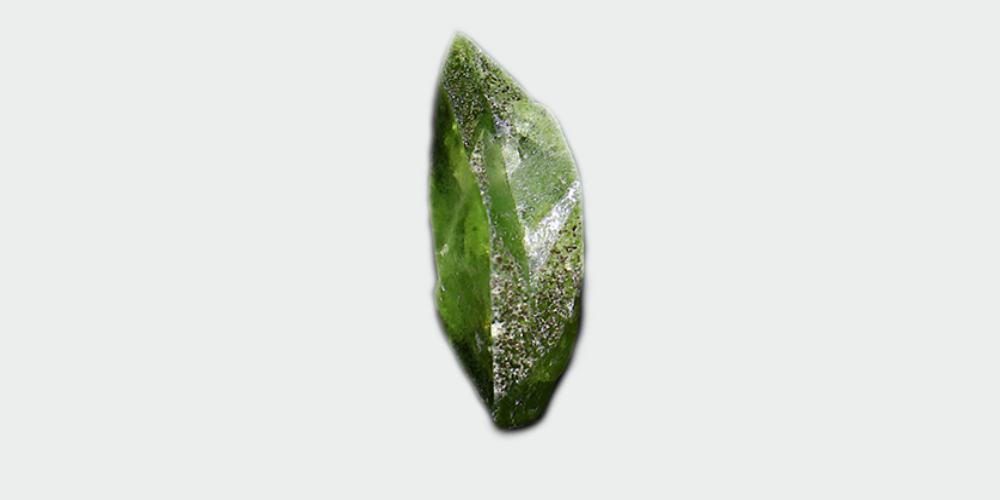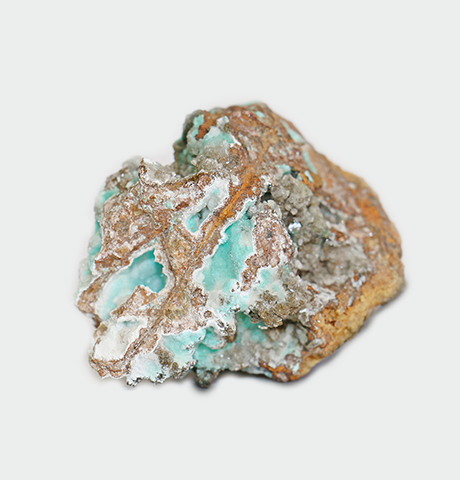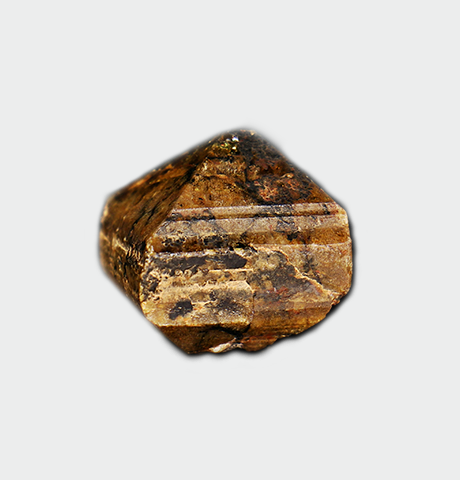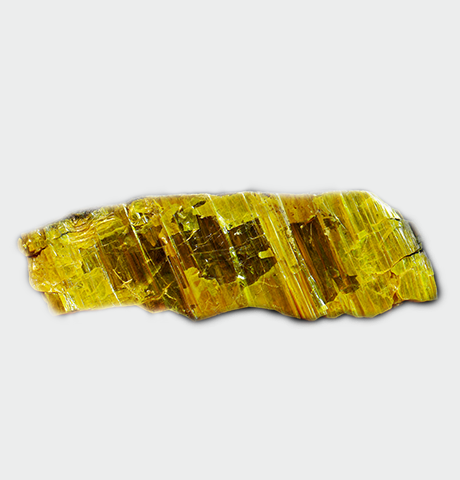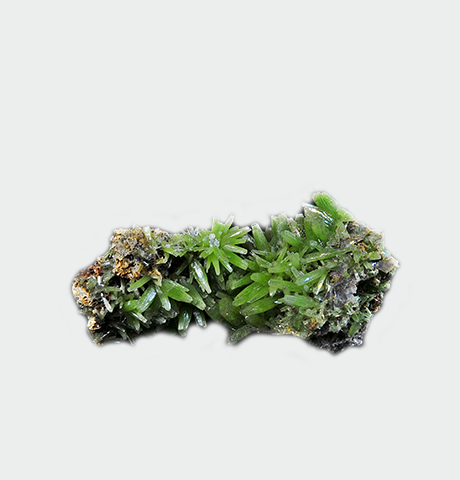Amethyst
Chemical Formula
SiO2
Chemical Class
Silicates
Properties
Amethyst is violet color quartz variety, due, probably, to Fe3+ presence as impurity. This color ranges from very pale to very dark purple, and the darker the color, the more valuable the amethyst. As it is exposed to sun for a long time, amethyst colorfulness fades. Amethyst is generally transparent, sometimes semi-transparent, with vitreous gloss. It does not have cleavage, making its cut easier.
Origin
This sample was extracted from Rio Pardo de Minas (MG).
Curiosities
Heated at an adequate temperature, around 475 ºC, this gemstone acquires yellow or orange color, exceptionally, red, transforming, thus, in citrine, another highly appreciated precious gemstone. It occurs in volcanic rock cavities and in pegmatites. Its largest world producer is Brazil (Rio Grande do Sul and Bahia, mainly), followed by Russia (Siberia), Sri Lanka, India, Madagascar, Uruguay, Paraguay and Mexico. Geodes with amethyst crystals extracted in Northern Rio Grande do Sul can reach 2 m length, and one has been found measuring 10 x 5 x 3 m, with 35 t.
Use
It is widely used as a gemstone and ornamental objects. Amethyst photo credit: Henry Yu
Source: MM Gerdau - Museu das Minas e do Metal -



